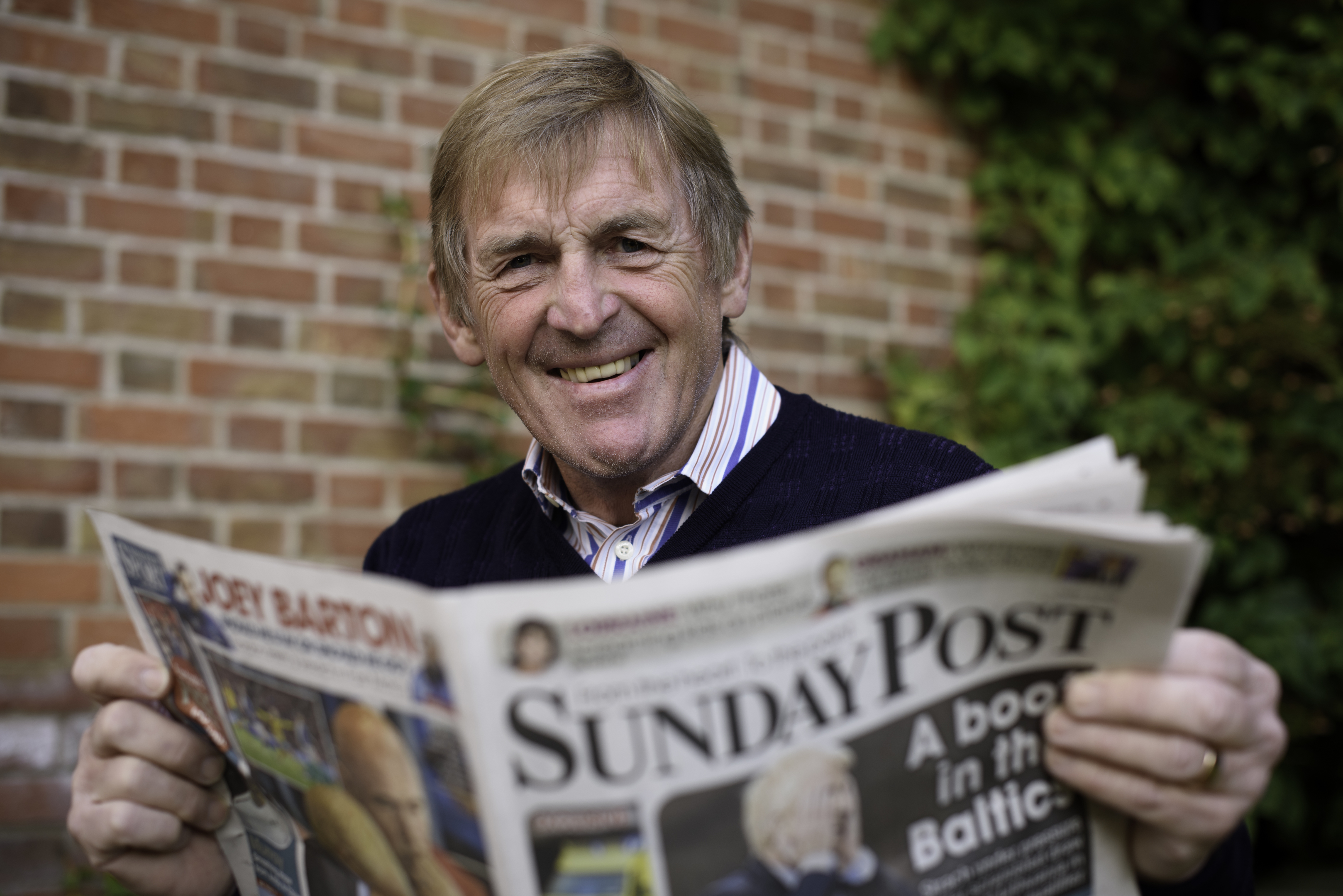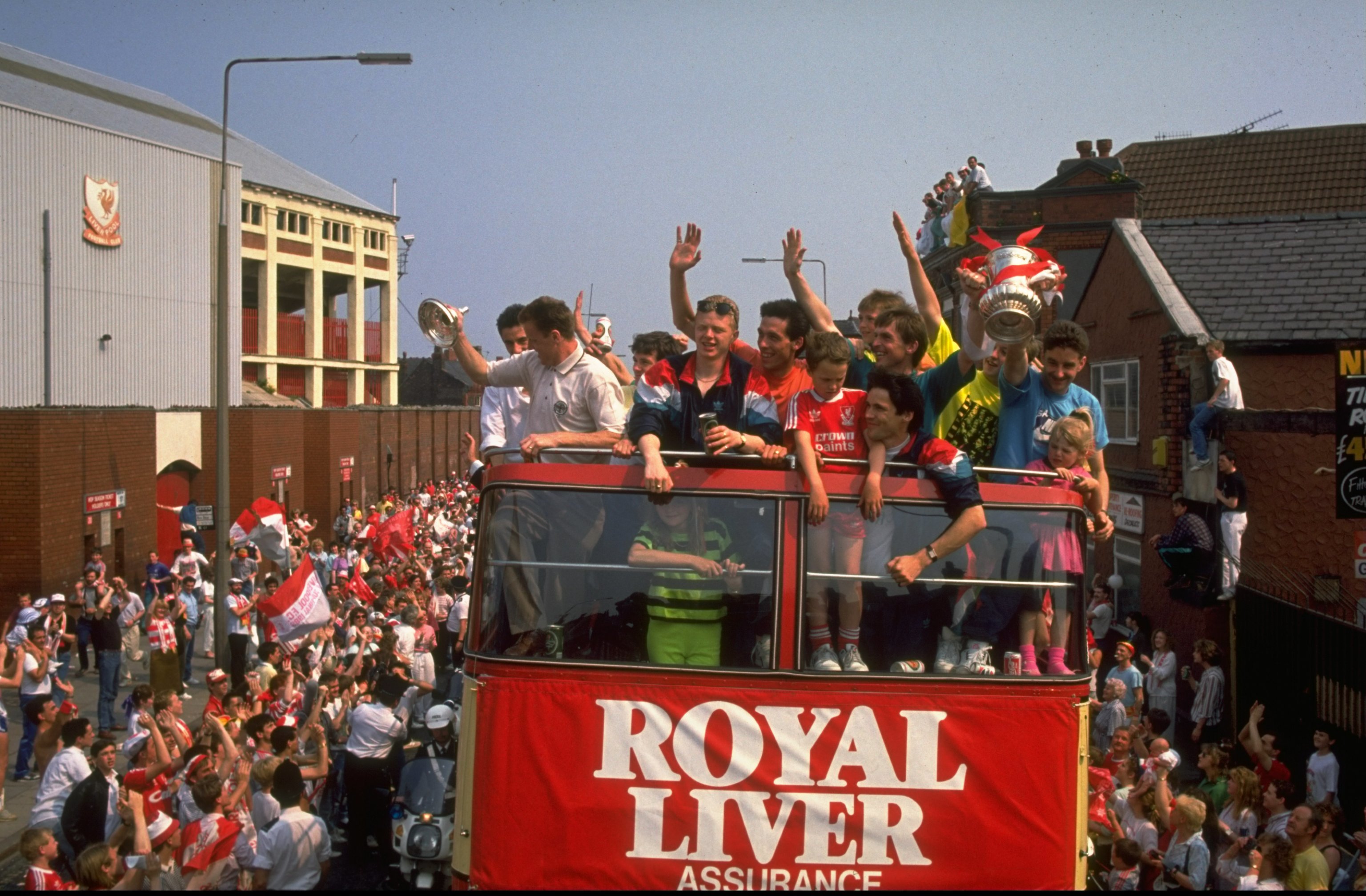
FORTY years ago this week – August 10, 1977 to be exact – I was transferred from Celtic to Liverpool.
Doesn’t time fly!
The move worked out wonderfully well for me and, more importantly, my family.
It’s a fantastic football club and a city full of warm and welcoming people, very similar to my hometown, Glasgow.
I couldn’t have asked for anything better, and it’s a good time to reflect on those 40 years.
FIRST IMPRESSIONS?
Right away, I must say there was no animosity when I left Celtic.
It was a brilliant football club and I was fortunate to play under Jock Stein, one of the best managers the game has ever produced.
We had domestic success and played in European semi-finals.
But life isn’t a rehearsal and I wanted to test myself at another level. Liverpool offered me an opportunity.
From my first day I knew I had made the right move. Everyone at the club welcomed me and made sure Marina and our two young children were looked after.
That was vital.
In the dressing-room, what struck me the most was just how unassuming the players were.
They were European champions but there was no arrogance and not a single player was in love with himself.
Not every player saw eye to eye, but none of that was carried on to the pitch. We had a great team spirit.
BEST GOAL SCORED?
I really enjoyed my first goal and that was against Newcastle United in a midweek game on my home debut. It was in front of the Kop. Enough said.
FAVOURITE TEAM-MATE?
I’d have to say Alan Hansen and Graeme Souness.
We Jocks stuck together. Big Al signed four months before me and Charlie (he preferred champagne to lager) signed five months after me. The three of us bonded and we had a laugh together.
MOST-DIFFICULT OPPONENT?
Back then, defenders were allowed to kick you all over the place, and you had to learn to look after yourself, anticipate when someone was planning to come through the back of you and, sometimes, get your retaliation in first.
Colin Todd wasn’t a bruiser of a defender but he was so difficult to play against because he read the game very well and his positional sense was excellent. You had to be in top form to get the better of him.
BECOMING PLAYER-MANAGER
I loved being in the dressing-room with the players because I enjoyed the banter and the camaraderie.
So, I missed that, 100%.
I was down in my wee bolthole at the other end of the corridor, and an invisible barrier appeared between the manager and players.
They probably handled the situation better than I did.
On the park, we enjoyed some special times in that period and I was fortunate to have really good people beside me in the backroom staff and upstairs in the boardroom.
MOST DIFFICULT DECISION?
I took the captaincy from Phil Neal and gave it to Alan Hansen. It was one of my first decisions and I felt it was the right thing to do. Yet, Phil hadn’t done anything wrong. He was an outstanding man and footballer and took the decision well.
It also wasn’t easy leaving a former team-mate such as Alan Kennedy – a man who had scored winning goals for us in the 1981 and 1984 European Cup Finals – out of the team. It was a sad day when we let him go to join Sunderland.
FAVOURITE GAME?
The 1989 FA Cup Final victory against Everton. It was such a poignant day and we needed that win because of what happened at Hillsborough in the semi-final.
Even if it was just for a second or two, I just wanted that victory to bring a smile back to the faces of the families who had lost loved ones.
LOWEST POINT?
The Hillsborough Disaster is a day that will never be forgotten by our football club and the families.
I’m glad they have been getting the justice they deserve and fought so hard for.
The Heysel Stadium tragedy in 1985 was also a sad, sad day.
ANY REGRETS?
I feel that’s a strong word, and it’s hard to have regrets because of the wonderful times I’ve had with the club in the past 40 years.
It was obviously a sad, sad day when I resigned as manager in 1991 during my first spell in charge. But I might not be writing this if I hadn’t decided to stand down.
Over the piece, it has been an absolute pleasure and a privilege for myself and my family to have been part of such a special club and a special city.
We will never, ever lose our affection for the fans and what they have given us and the club.

Enjoy the convenience of having The Sunday Post delivered as a digital ePaper straight to your smartphone, tablet or computer.
Subscribe for only £5.49 a month and enjoy all the benefits of the printed paper as a digital replica.
Subscribe